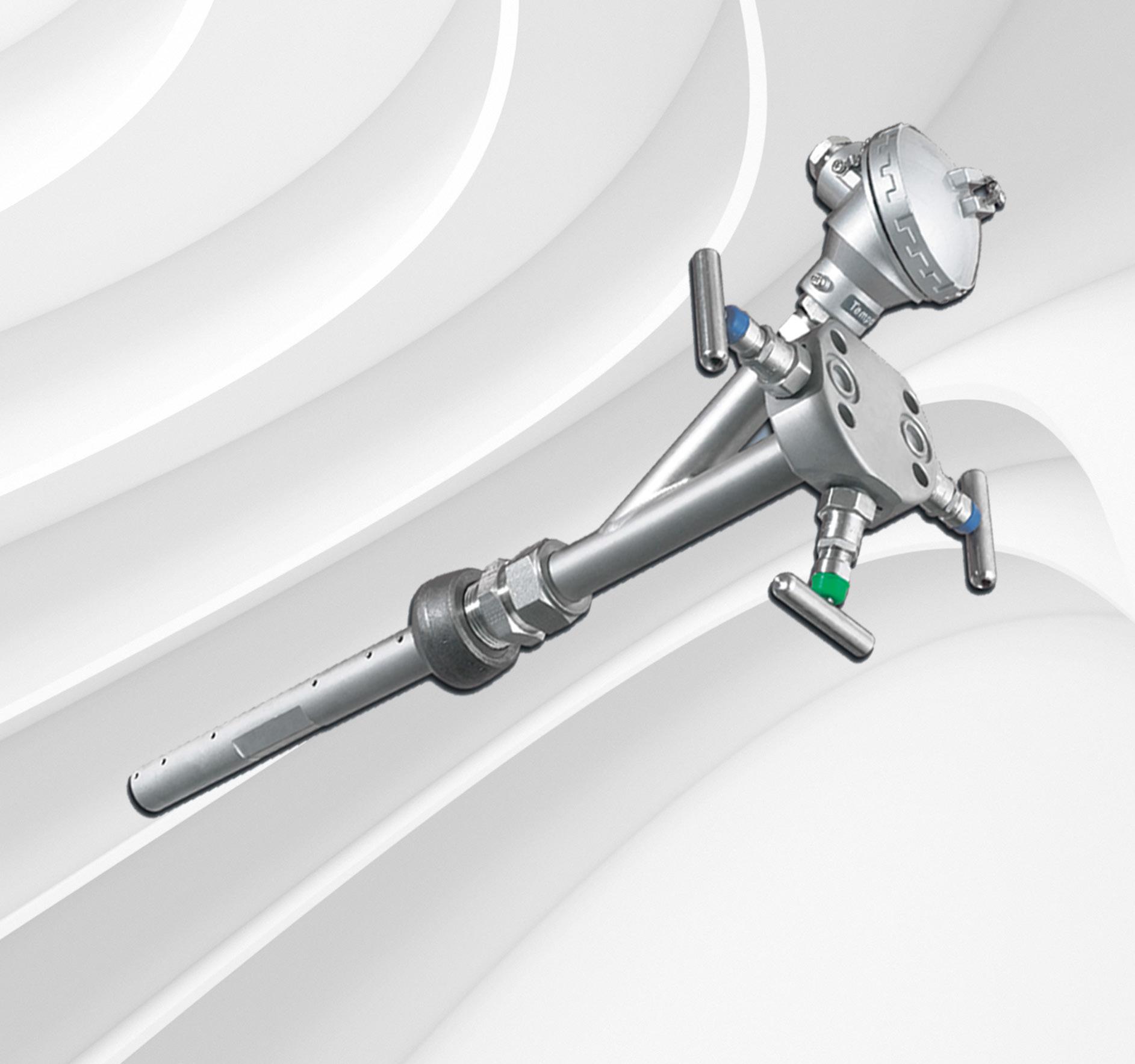INDUSTRY NEWS
How Circular Economy Can Transform the Manufacturing Industry
industries use and adapt the idea. It harbours many benefits. This is a concept that keeps improving with each dawn.
Continued from page 7.
manufacturing process from standard to a more sustainable method. As a result, companies are now creating materials from previously discarded products, which diverts the waste from landfills and also reduces the cost of materials. For instance, furniture manufacturing plants use disposed wood products. Such practices prevent the active cutting of trees and enrich the economy. The use of discarded wood products also reduces post-consumer waste in the immediate environment. Expansion of Secondary Manufacturing Services Circular economy continues to create demand for new essential services. The implementation of this model aims to reuse products for long periods. As a result, many service companies can continue to grow, including logistics, collection, refurbishment, remarketing and remanufacturing. Such service companies promote the reusing and recycling of disposed of materials. They do so by channeling them back to manufacturing plants. The manufacturing industry
spends less money on purchasing raw materials and related logistics. The lower costs of production translate to increased profit margins. So, the manufacturing industry expands due to the implementation of circular economy. Increases Business Satisfaction Circular economy promotes an increase in business satisfaction through corporate social responsibility. As a result, increasing demand for sustainable products in the current market. Businesses also must shift and adapt to new approaches to meet the demand, which must also take into account producing revenue. Circular economy is well-structured to help increase business satisfaction. The model also ensures that materials and products stay in use. It does so through design in the manufacturing industry. Keeping materials in use for extended periods increases their value to various industries. Combined with a circular economy model, corporate social responsibility does not attract ordinary employees, but ambitious employees who aim to change the manufacturing industry. Such employees promote the implementation of the model, which helps
EFFECT DATA-DRIVEN SOFTWARE DATA-DRIVEN SOFTWARETHAT THAT SYNCHRONIZES PEOPLE, PROCESSES SYNCHRONISES PEOPLE, PROCESSES AND MACHINES AND MACHINES
industries realise their set goals. Moreover, circular economy has raised the business market value by approximately 6%. It has also raised employee productivity by approximately 13%. Saves More Resources In the linear approach, extraction is the common method of sourcing raw materials. However, since these raw materials decline, many manufacturing industries need to save resources. One way to do this is by implementing the circular economy approach. Research shows that this economic model results in 70% material savings. Industries will continue scrambling for scarce raw materials with the growing population. Companies that have embraced circular economy are more likely to secure their viability. Is the Circular Economy Model the Way To Go? The circular economy model continues to take centre stage in the manufacturing industry. It redesigns waste. Its aim of recycling and reusing waste as raw material is eye-opening. A lot of
FAQs Here are some commonly asked questions about circular economy: What is the major drawback of circular economy? The circular economic model lacks strategic standardisation and guidelines. The principles of this model exclude the not-fully-recyclable materials. They do not provide proper guidelines on how to handle such materials, which is biased. What is one way to improve circular economy? Like most models, circular economy can accept changes for the better. Encouraging less consumption of raw materials is one way to improve the model so that it focuses on the efficient use of raw materials. It does not focus on the industry consumption of materials. Is circular economy sustainable? Circular economy is sustainable. The model promotes and designs reusable products that are viable to industries. It ensures such materials last for long. It aims to maintain the value of materials, making them sustainable.
PEOPLE_RIGHT PEOPLE WITH THE RIGHT EXPERTISE MAKE THE DIFFERENCE.
PROCESSES_MEET YOUR SPECIFIC INDUSTRY REQUIREMENTS.
MACHINES_RIGHT AUTOMATION MAXIMISES MAXIMIZES MACHINES_RIGHT EFFICIENCY, FLEXIBILITY FLEXIBILITY AND ANDAGILITY. AGILITY. EFFICIENCY,
industryupdate.com.au
Industry Update Issue 126 June / July 2022 | 9






